Hello #hive lovers..
Today, I didn't walk to the market but the market came to me.😁❤️
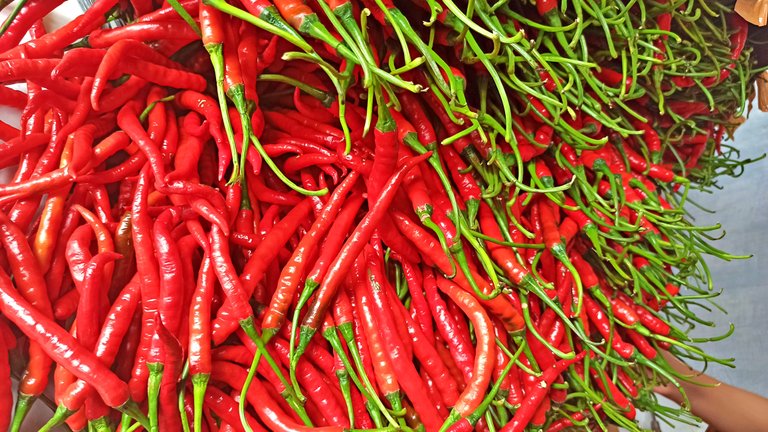
Well, I received red chili from my brother for the third time this month. The first shipment contained 80 kilograms of red chili, the second batch 90 kilograms, and this latest shipment 110 kilograms. As a matter of fact, I just help distribute and sell it because the chili price at my brother's place is so cheap. Therefore, he asked me to help him sell it because the price here is still quite high. Well, at least I can cover my production costs and capital. I, who usually holds paper, had to get used to holding chili again. When I was a child, my family and I farmed chilies together in our village.
My selling method was very simple. Prior to my brother picking the chilies, I offered my brother's chilies to friends and colleagues. Promoting the merits of chili as much as possible, sending some sample photos, and asking how many kilos the order would be. Lastly, I told them to wait for the chili after it was picked, as I promised fresh quality. My next task was to calculate the entire order and contact my brother and ask him to deliver it.
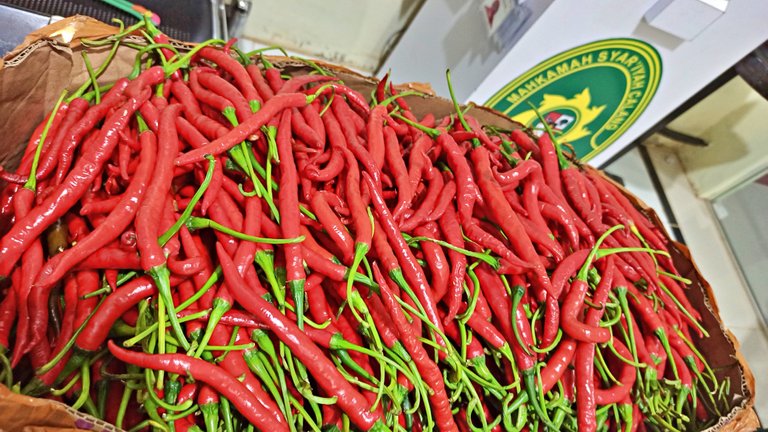
On this third delivery, I had time to think and find out whether this chili is native to Indonesia. I found this question to be slightly numbing, and I was curious to find out what sources there were. Who doesn't know chili? This kitchen spice is so popular throughout the world, including in Indonesia. It's not without reason that I was looking for this information. Chili is the main seasoning ingredient in Indonesian food and we often see chili on the market. Even chili farmers in Indonesia are among the most numerous.
There are hundreds of types of chili around the world, both native and crossbred. Some famous countries for their chilies include the Netherlands, Malaysia, India, and Mexico. What about chili peppers in Indonesia? It turns out that the types of chili that we are more familiar with in our daily lives and are easily found in traditional markets and traveling vegetable sellers are cayenne pepper, red chili, green chili, and curly chili.
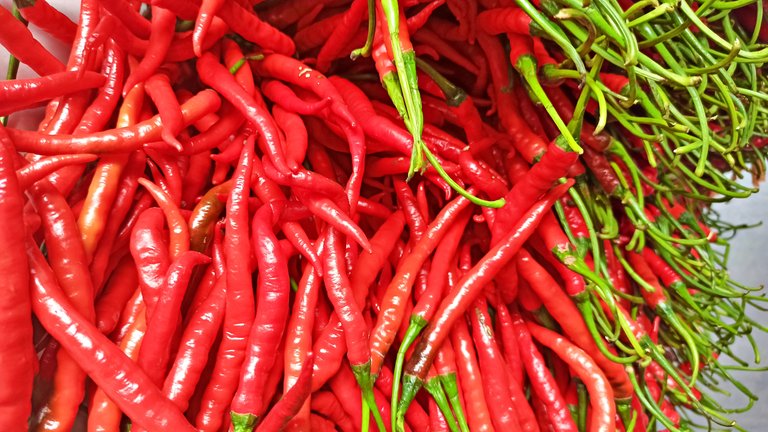
Chilies are not endemic to Indonesia. This plant originated in the Americas. It was brought to the Southeast Asian region along with around 2000 other plant species in the 16th century by Portuguese and Spanish sailors. The exchange of various types of food commodities accompanied the trade missions of European nations in search of spices. Chili is one of the multiple types of transcontinental food commodities that dock in Indonesian port cities and are traded in markets. source:
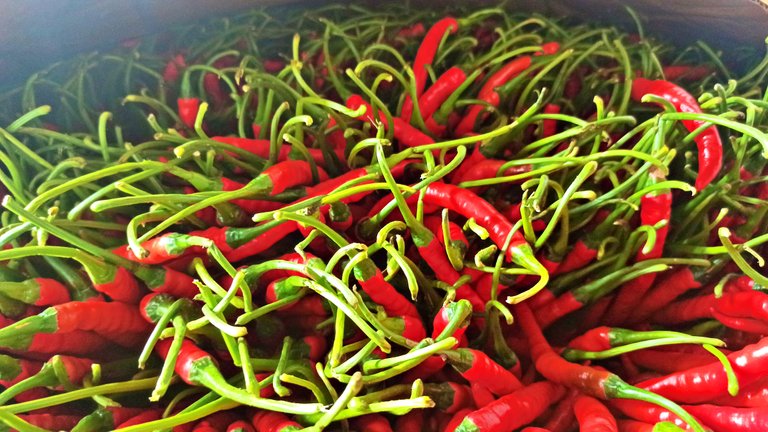
If you look at its history as quoted in Wikipedia, it turns out that this red chili comes from the Caribbean. Its journey to Indonesia starts in the southern and northern states of America, from Peru to Mexico, as well as parts of Colorado and New Mexico, and into India. In the past, Portuguese traders traveled to Africa, the Middle East, Italy, Japan, Korea, the Philippines, including Indonesia. Chili, after that long journey, was finally accepted in Indonesia because it tastes spicy and Indonesians are generally fond of spicy foods. Chili is eventually accepted as one of the primadonna spices in almost every Indonesian kitchen.
What kind of chili is this?
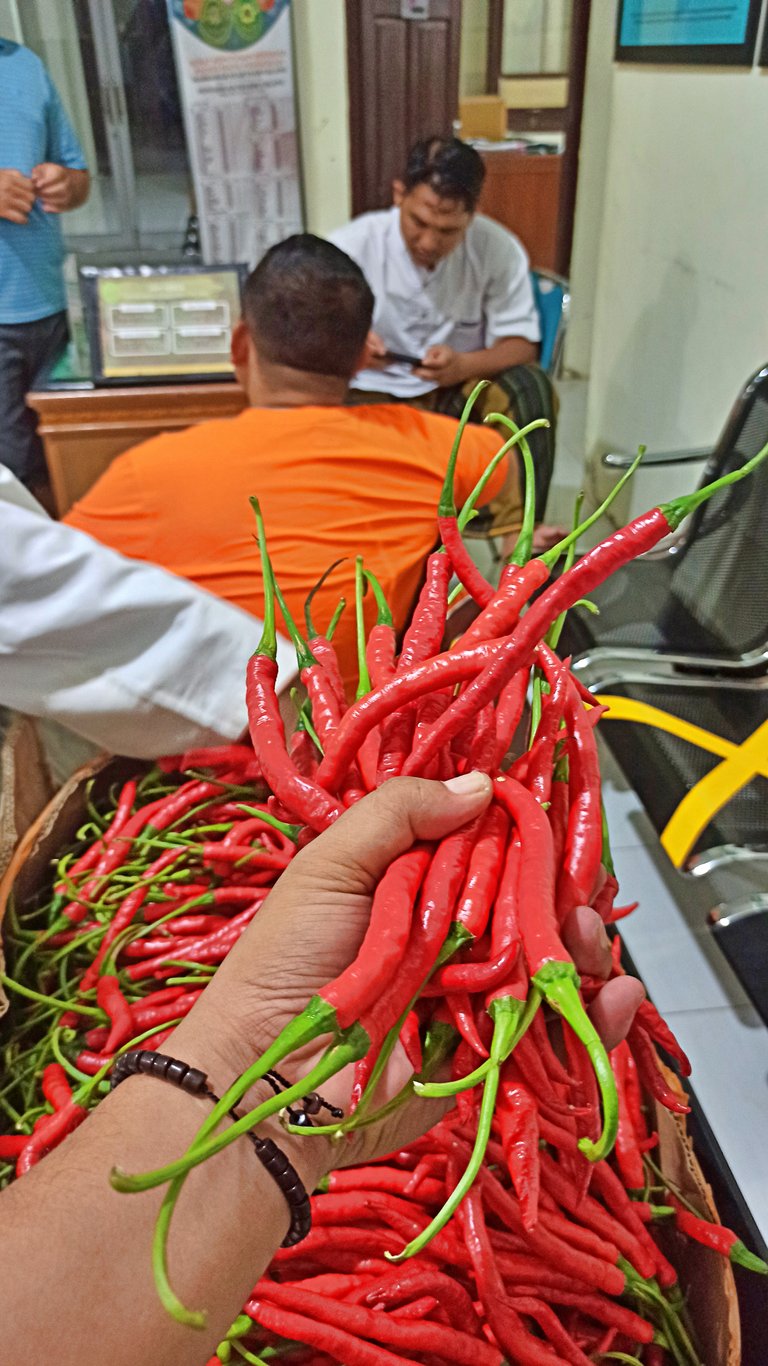
Due to its uniqueness, Indonesians generally do not concern themselves with the types of chili that researchers and scientific sources have classified. We only know that chili is red, green, small, and spicy and that is chili. Red chilies whether bulky or small, but colored, are still called red chilies. Green chilies, though bulky like bell peppers, and skinny like curly chilies, are still green chilies. Meanwhile, chilies that are not as big as red and green chilies are cayenne peppers (Capsium frutescens).
Well, the red chili (Capsium annum L) that my brother sent is a type of red chili from a cross between a local chili and a chili called Nano Oreon. I don't know how my brother crossed it, but I do know that this chili has a fatter, longer, and denser posture. Take a look at the photos of this chili. Almost close to paprika, but not as spicy as paprika. According to some customers, this chili is very spicy and is economical to use for seasoning in the kitchen. When blended, the results are excellent, since the texture is dense.
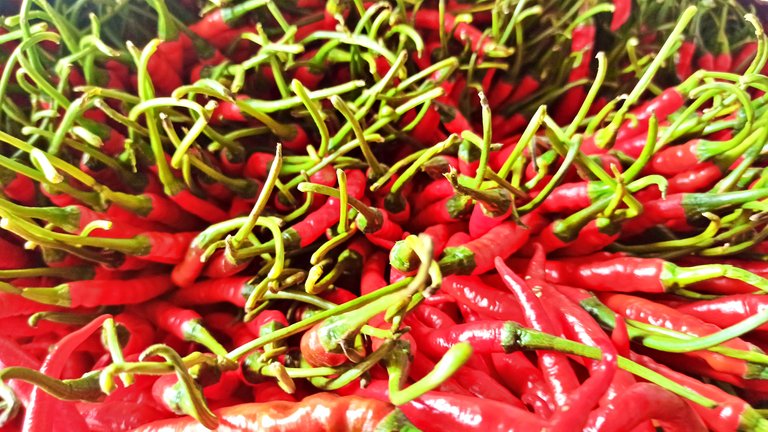
Maybe I don't know the truth. However, the chili that my brother grows is a hybrid type of chili and has undergone crossing and selection with various modern breeding techniques. I once asked my brother what kind of chili he crossed with, and he replied that it was a cross with a local chili. However, he admitted that this type of chili is less resistant to weather and less resistant to being planted in open fields compared to peppers.
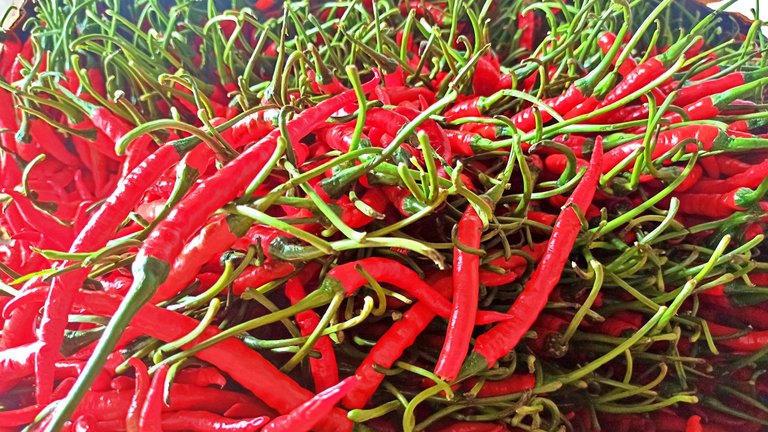
According to the number of chili orders I currently have coming in, this chili has the potential to be used in restaurants and hotels that serve luxurious dishes. This includes chili spices. I personally suggested to him that he bring the highest quality samples of this chili to modern markets, hotels, and restaurants and promote it there. However, I believe that the prospects are rather good since tourism is currently reviving following the pandemic.

Yeah, The native range of this species is Mexico to Guatemala. It is annual or biennial and grows primarily in the wet tropical biome. It is used to treat unspecified medicinal disorders, as a poison, as a medicine, and as a food additive that has environmental uses and social uses and for food.Source :.
Finally, for Indonesians, chili [Capsicum] is a must-have spice. Its spicy flavor complements the dishes served. The results of some studies suggest that spicy chili is equally healthy for humans and has health benefits. This is because it is rich in nutrients, such as calories, water, protein, carbohydrates, sugar, fiber, fat, Vitamin C, and minerals. Furthermore, Vitamin B6 helps to maintain the body's energy metabolism, and Capsantin compounds possess strong antioxidant properties that fight cancer.
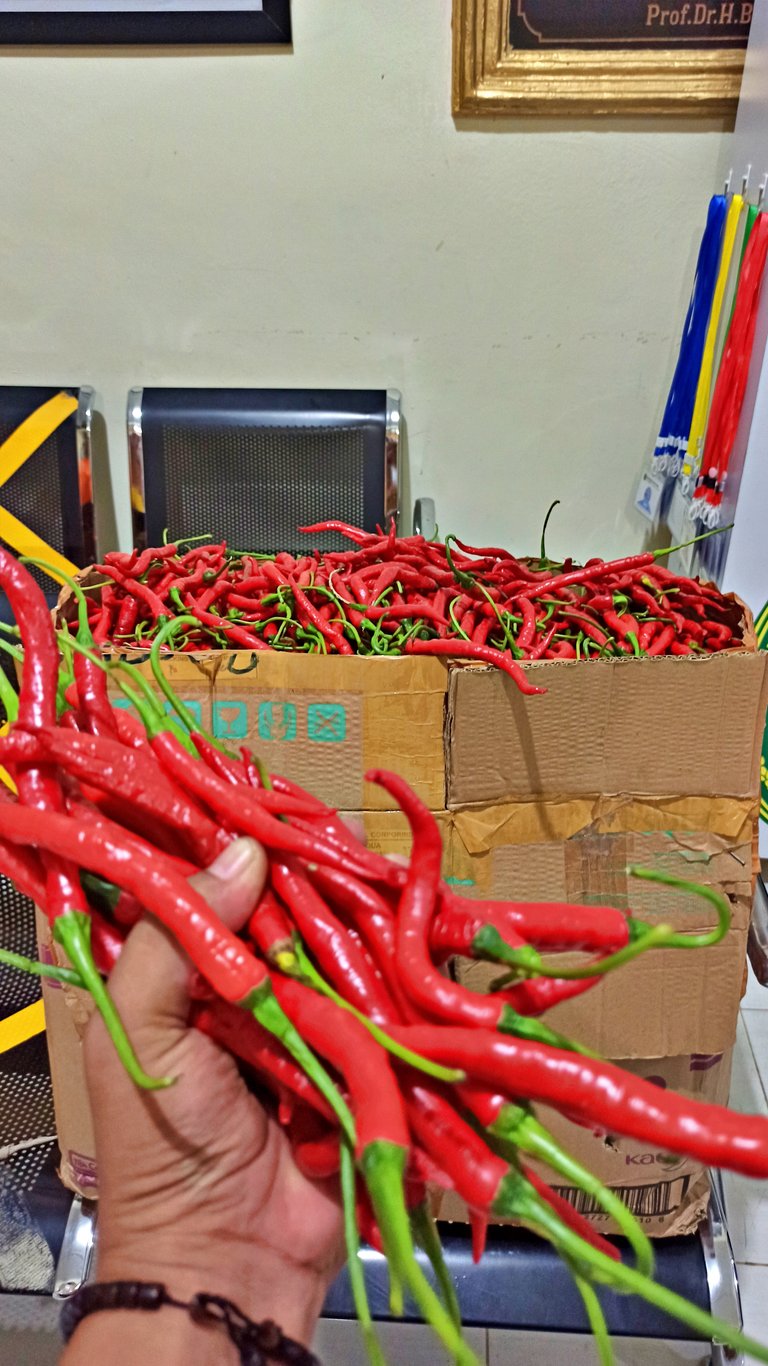
My greetings to all chili farmers in the world, and keep up the good work, and especially to my little brother the amateur farmer.